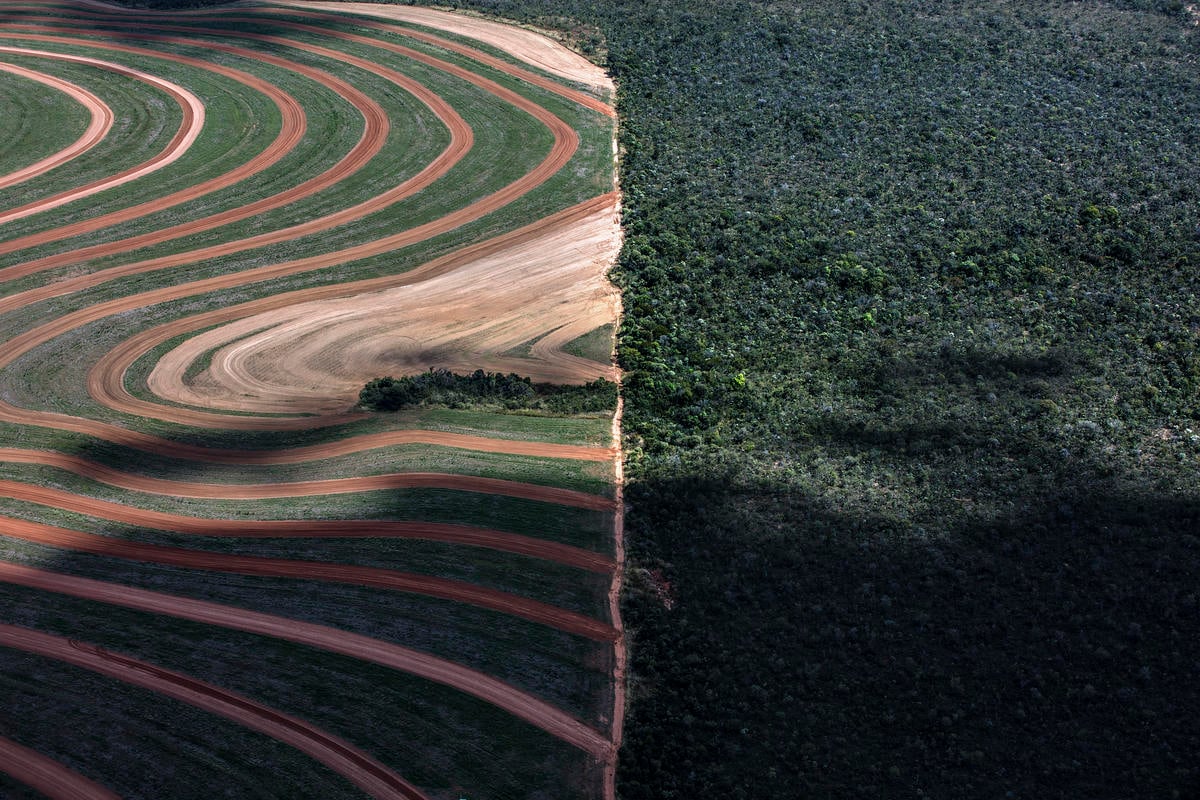Polymers, Vol. 17, Pages 990: A Comparative Analysis of Mechanical Properties in Injection Moulding (IM), Fused Filament Fabrication (FFF), and Arburg Plastic Freeforming (APF) Processes
Polymers doi: 10.3390/polym17070990
Authors:
Caolan Jameson
Declan M. Devine
Gavin Keane
Noel M. Gately
This study explores the mechanical performance of polycarbonate (PC) and acrylonitrile butadiene styrene (ABS) filaments fabricated using fused filament fabrication (FFF), Arburg plastic freeforming (APF), and injection moulding (IM). A series of controlled experiments, including differential scanning calorimetry (DSC), scanning electron microscopy (SEM), dynamic mechanical thermal analysis (DMA), and mechanical tests, were conducted to evaluate the material’s mechanical, thermal, and chemical properties. The results highlight the influence of process parameters and material choice on the mechanical properties of PC/ABS components. The FFF samples exhibited the highest impact strength (up to 28.82 kJ/m²), attributed to porosity acting as a stress absorber under impact load. However, this same porosity led to a 9.14% and 19.27% reduction in flexural and tensile strength, respectively, compared to the APF samples, where stress concentration effects were more pronounced under flexural loads. APF’s mechanical properties were comparable to those of IM, with the process achieving the highest tensile strength, highlighting its potential for producing robust PC/ABS samples. This study aims to provide valuable insight into the selection of additive manufacturing (AM) processes for PC/ABS components.
Source link
Caolan Jameson www.mdpi.com

